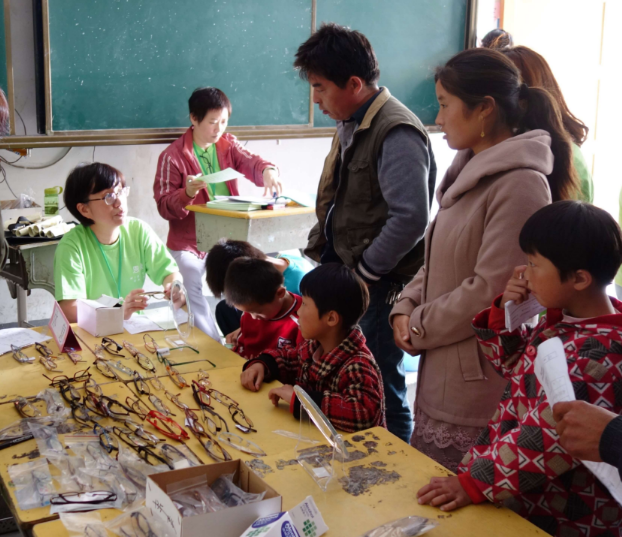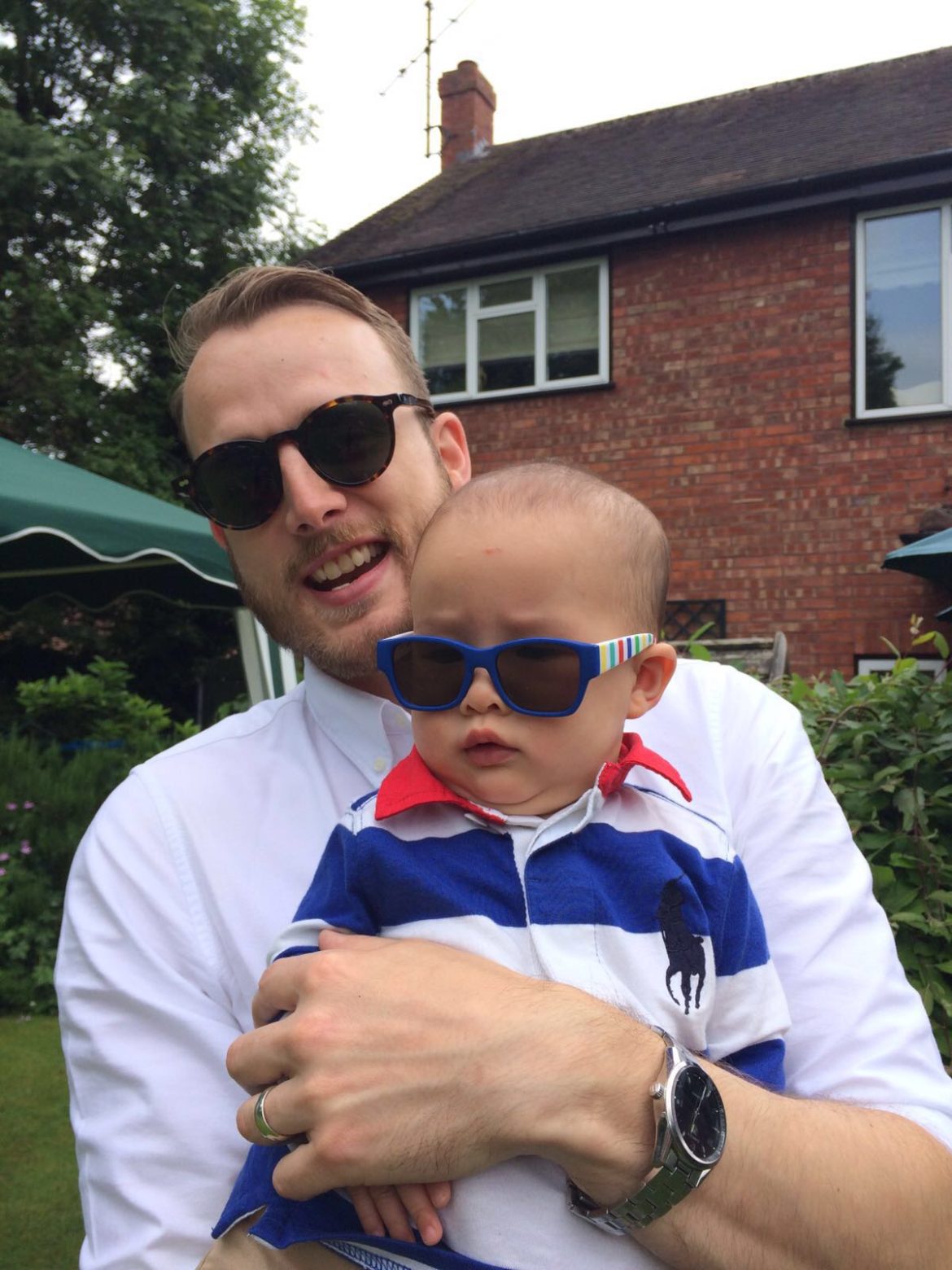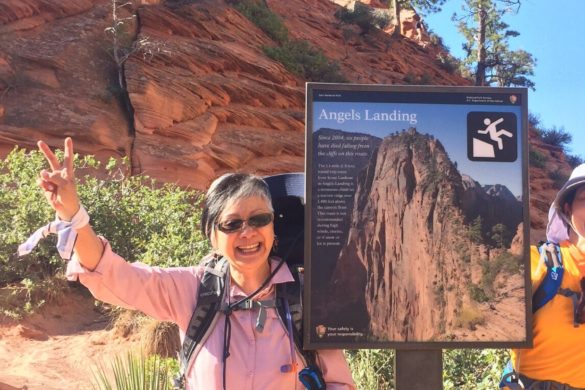Do you have 20/20 vision? I certainly don’t but can see well enough to enjoy my grandbaby, and very thankful for this. It is not to be taken for granted as myopia (shortsightedness) is a growing global problem that affects the young as well as the old, and the recent figures are rather alarming. However the latest research shows that simple measures such as increasing time spent outdoors can minimize risk of young children developing myopia.
In parts of East Asia, 70-80% of young adults are myopic, while in South Korea a shocking 97% of youths doing national service have the same condition. Maybe you, like me, think it is a genetic condition affecting Asians. That’s not so. In the US and other parts of the world the rate of myopia is also increasing. A global eye research institute estimates that six years ago (2010) 1.95 billion children had myopia and numbers are expected to reach 4.76 billion in 2050.
What is myopia?
The World Myopia Institute describes myopia, or short-sightedness, as “an eye condition where distant objects cannot be seen clearly and is usually corrected with spectacles or contact lenses”.
Should we be concerned?
Obviously if left undetected in young children, it impacts on their learning. When I got my first pair of eyeglasses at 13, I was amazed that the world looked so different, whites were whiter, and the writing on the blackboard suddenly became clear! Those that are highly myopic have significantly increased risk from problems such as retinal damage, cataract and glaucoma which can lead to vision loss and blindness. That’s quite frightening, but we need to know this.
What are the causes of myopia?
When I was growing up bad eyesight was always blamed on reading in poor light. So could myopia be due to too much close work like reading or computers, or even overexposure to the sun’s harmful rays? It appears that genetic and environmental causes of myopia are both to blame. Also the length of time spent on near work (i.e. eye stress because of things like needlework) used to be thought to be one of the main factors contributing to myopia.
Are there simple protective measures?
Researchers tell us there are some simple measures which can protect our grandbabies’ eyesight. Children who spend time outdoors have less risks of developing myopia. And children who spent more time outside were not necessarily spending less time with books, screens and close work. Whether playing sports, or having picnics or simply dawdling outside during recess, children who spent at 80 minutes daily in the sun significantly lessened their risk of myopia. These results were from a year-long trail in Taiwan, and these early successes have prompted further trials e.g Chinese schoolkids learning in classrooms made of glass to let in more sunlight.
If you live in Australia or other parts of the world where skin cancer is a high risk, you need to balance light exposure against this risk. I’m really glad that my grandbaby Felix already spends a bit of time outdoors with his little playmates! Aren’t they such cuties!
in Australia or other parts of the world where skin cancer is a high risk, you need to balance light exposure against this risk. I’m really glad that my grandbaby Felix already spends a bit of time outdoors with his little playmates! Aren’t they such cuties!
Do you see the light? Some personal stories
My father was blind in one eye from a childhood accident and several family members have glaucoma and other eye problems. This makes us super conscious of good eyecare.

Left: Volunteer testing boy
Below: Parents and children choose from an array of frames

Two years ago my sister set up a charity to provide care to the elderly in China. One of the ways, working with teams of volunteers, is to provide cataract operations to those in need. Recently the volunteers tested the eyesight of over 80 young children in a remote part of China and gave them eyeglasses. There were some very grateful kiddies and parents!
I’m going to be following the research on myopia and will update you on results when they come in.
In the meantime,
sweetdreams, grandbaby.
P.S. the featured image shows a grumpy Felix (and his smiling dad) wearing a new pair of sunglasses which he detested.











